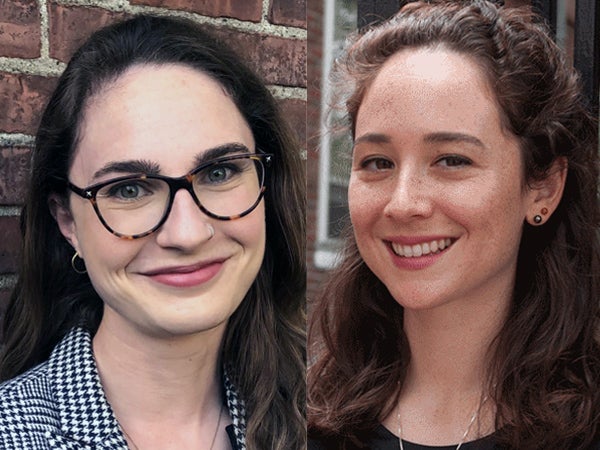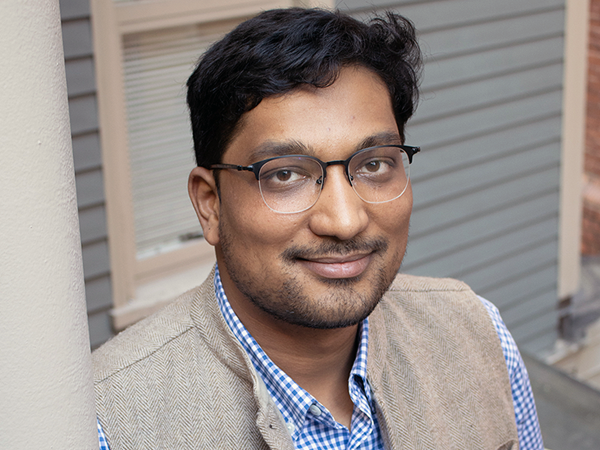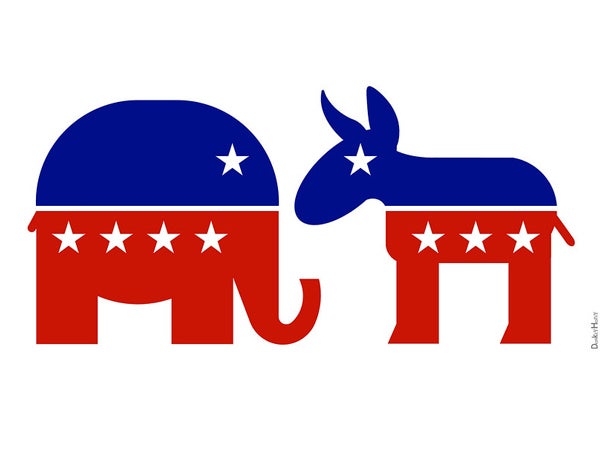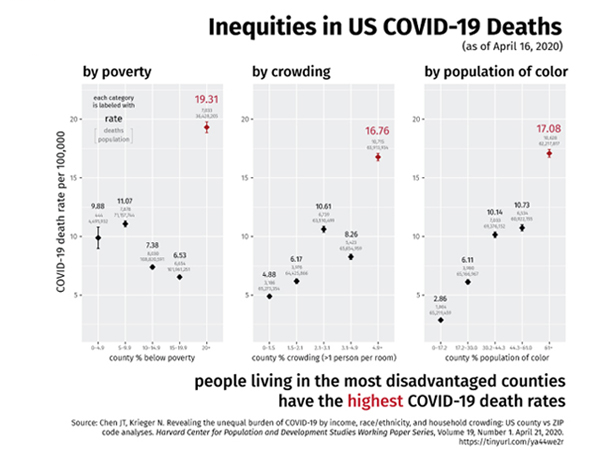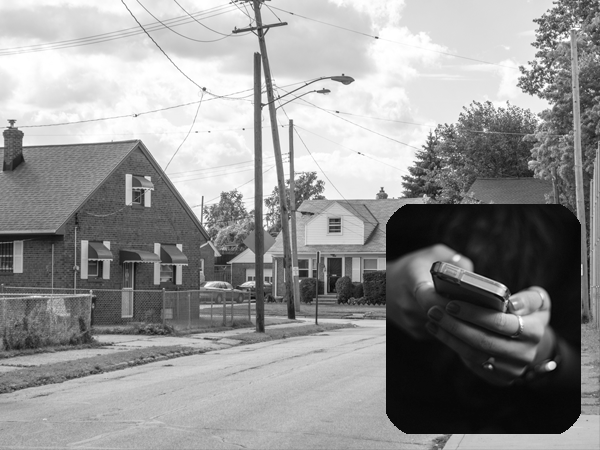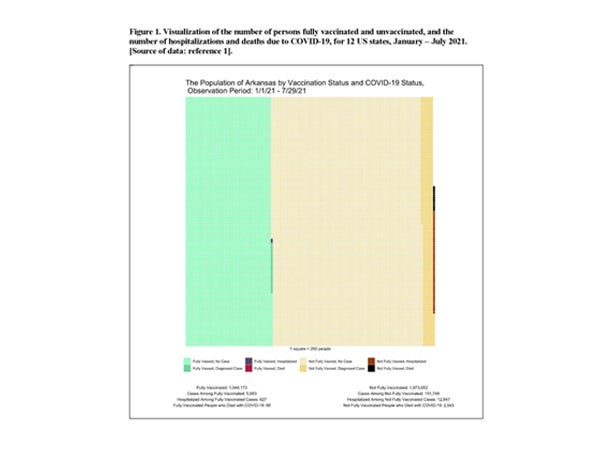Our recent Sloan Fellow on Aging and Work Leah Abrams, along with our former Bell Fellow Lindsay Kobayashi, and their colleague Jessica Finlay, have published their findings in Innovation in Aging, reporting on the economic and mental ramifications six months after the layoffs, furloughs, and reduced hours many workers experienced in early spring 2020. Here’s a findings snapshot: of those who lost their job, 1/3 were still out of work…
Researchers using all-cause mortality data from civil registration systems estimate that deaths from COVID-19 in India are much higher than officially recorded
Harvard Bell Fellow Aashish Gupta has co-authored a research article—along with colleague Murad Banaji—published in PLOS Global Public Health that utilizes all-cause mortality data from civil registration systems across 12 states in India as a way to try and get a more accurate estimation of COVID-19 deaths than what has been reported by the “patchy” mortality surveillance system in that country. “The surveillance of pandemic mortality in India has been…
How is political party polarization affecting population health? Study delves into COVID-19 mortality rates and stress on ICU capacity from 4/21–3/22
A novel study published in Lancet Regional Health – Americas by HCPDS faculty member Nancy Krieger, PhD, and her colleagues examines links between the political ideology of U.S. elected officials across all 435 U.S. Congressional districts and the COVID-19 outcomes of their constituents. Findings point to “the higher the exposure to political conservatism, the higher the COVID-19 mortality rates and stress on hospital intensive care unit (ICU) capacity.” photo:…
Study looks at the mortality impact of covid-19 pandemic on diverse sub-groups of Asian Americans
A pre-print (not yet peer-reviewed) article in medRxiv authored by our recent Sloan Fellow on Aging and Work Sung S. Park, PhD, and her colleagues reveals that life expectancy during the pandemic amongst the six largest Asian American subgroups ( Asian Indians, Chinese, Filipino, Japanese, Korean, and Vietnamese) is not equal. “All major Asian subgroups except Japanese experienced greater losses of life in 2019–2020 as well as cumulatively (2019-2021) than…
Op-ed: Controversy over India’s COVID-19 mortality rate illuminates need to address “holes” in mortality statistics and death registration data
Harvard Bell Fellow Aashish Gupta, along with his colleagues Murad Banaji and Vipul Paikra, have published an op-ed in The Indian Forum that points out how increased global attention on India’s COVID-19 mortality statistics could ultimately help to illuminate and potentially improve the underlying unreliability of mortality statistics and death registration data in India.
The Harvard Gazette reports: “Women mostly stayed in workforce as pandemic unfolded, defying forecasts”
Harvard Pop Center faculty member Claudia Goldin, PhD, has authored a working paper titled “Understanding the Economic Impact of COVID-19 on Women” that reveals that the stresses experienced by certain women (depending on education, occupation, and race) during the pandemic had more to do with the fact that they stayed employed while also educating their children and/or taking care of their aging parents as opposed to losing their jobs. Learn…
Paper awarded ‘Highly Cited Trophy’ and ‘Hot Paper’ designation by Clarivate’s Institute for Scientific Information
What started as a Harvard Pop Center Working Paper, and was then published in a COVID-19 supplement in the Journal of Public Health Management & Practice, has been awarded a ‘Highly Cited Trophy’ as well as designated a ‘Hot Paper’ from Clarivate’s Institute for Scientific Information (ISI). The article in JPHMP was cited 107 times in less than one year of publication and is considered to be in the top…
Mobility between neighborhoods found to play significant role in race and class disparities in COVID-19 infection
While it is well documented that neighborhood plays a role in the risk of COVID-19, a paper published in Science now sheds light on the pathways of possible transmission by using data from mobile phones to capture the neighborhoods visited by residents, and the neighborhoods of those who visit. Harvard Pop Center faculty members S V Subramanian and Rob Sampson are among the authors on the paper.
Authors of HCPDS working paper warn against underestimating severity of latest COVID-19 variant, Omicron
Epidemiologist William Hanage, PhD, and infectious disease specialist Roby P. Bhattacharyya, MD, PhD, have authored an HCPDS working paper (Vol. 21, No. 10) in which they caution against inferring intrinsic traits (particularly, severity) from population-level observations, such as what has been observed in South Africa. Vaccination and immunity from prior infections, for example, complicate comparisons between the population-level infection-fatality rate (IFR) of Omicron versus earlier waves (e.g., the Delta variant).
“Picturing Prevention” working paper offers impactful visualizations of the protection of vaccination from hospitalization and death due to COVID-19
A Harvard Pop Center Working Paper by Jarvis T. Chen, ScD, Christian Testa, BS, William P. Hanage, PhD, and Nancy Krieger, PhD, offers vivid and simple graphics that illustrate why getting vaccinated against COVID-19 matters by depicting available data for 12 states from January – July 2021.
